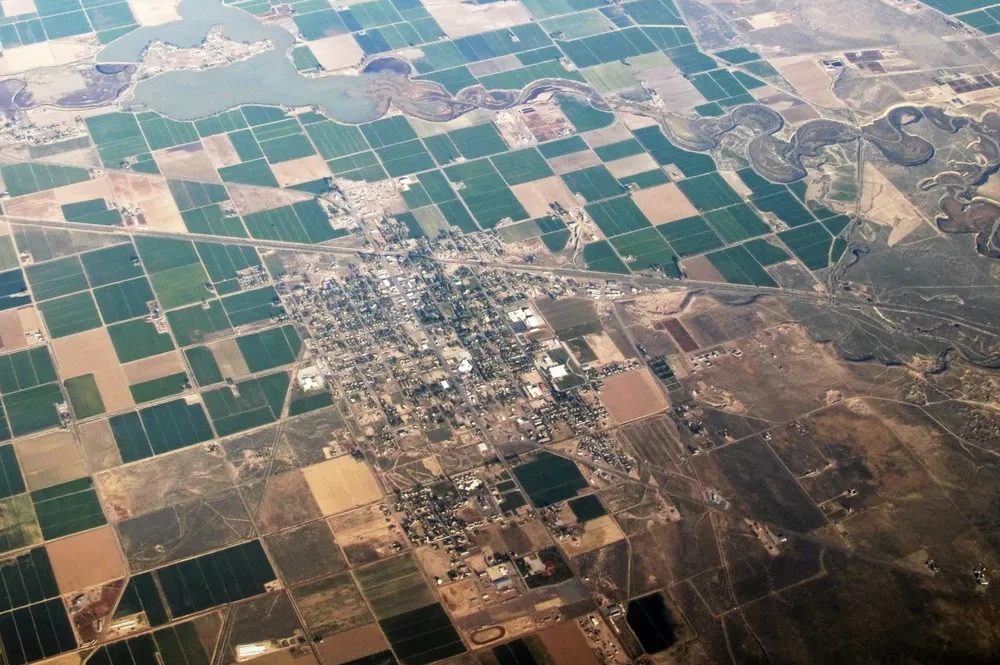US utility begins blending hydrogen into natural-gas supply for 1,800 customers in Utah, despite health concerns
Dominion Energy will blend up to 5% H2 for a 'multi-year' period as part of plans to introduce green hydrogen into the gas grid across the state by 2030
